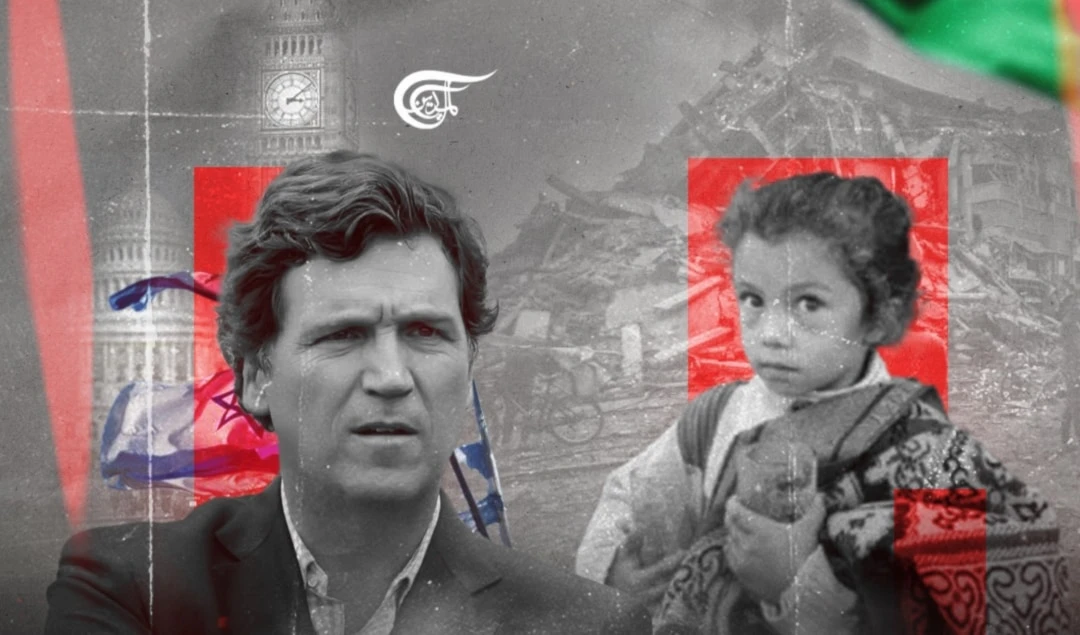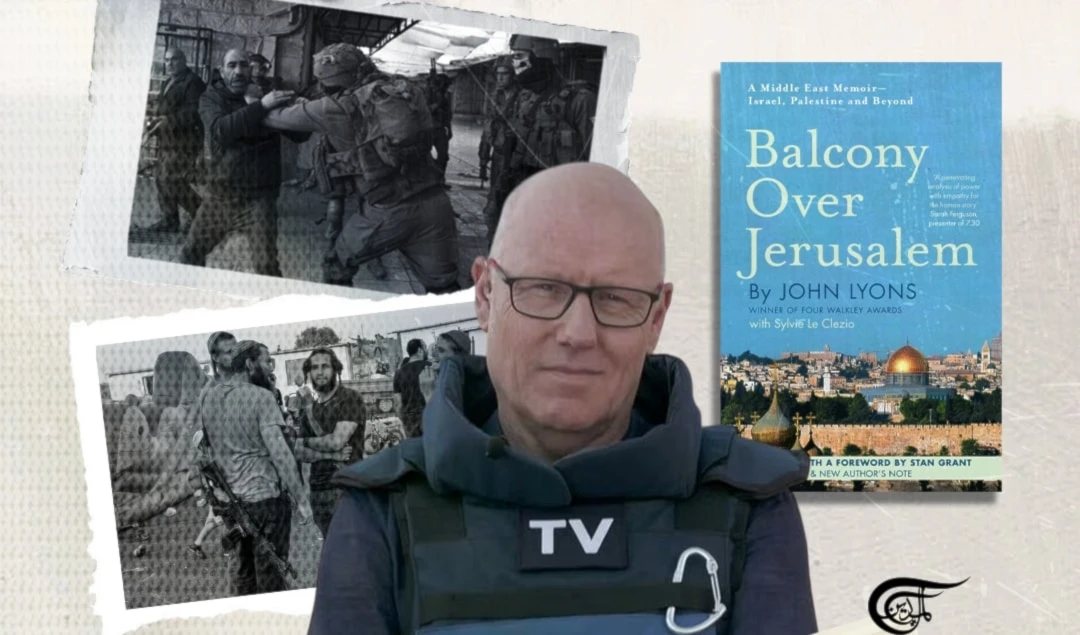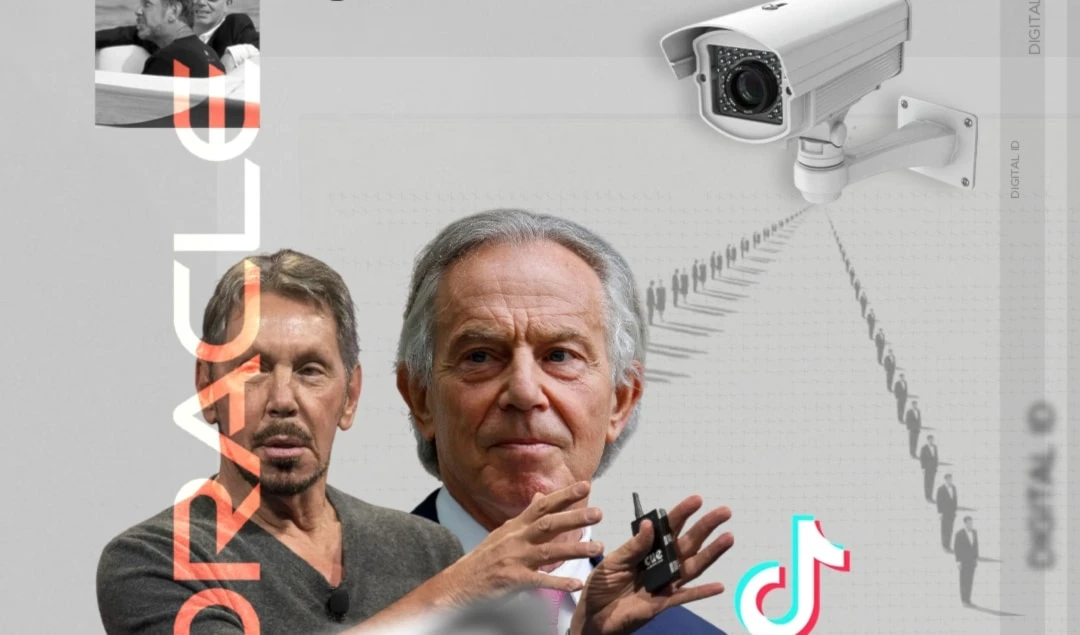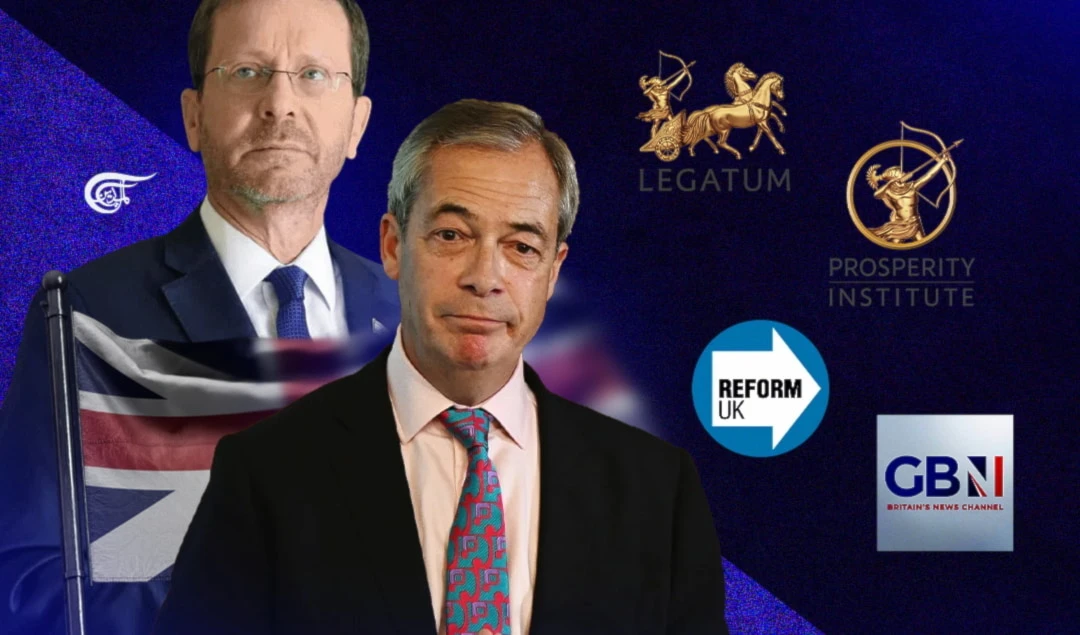The rise and fall of Zionism in Scotland, part 1
Zionism in Scotland has historically been widespread, backed by wealthy families, and continues to influence politics and institutions despite a declining Jewish population and the closure of many Zionist organizations.
-
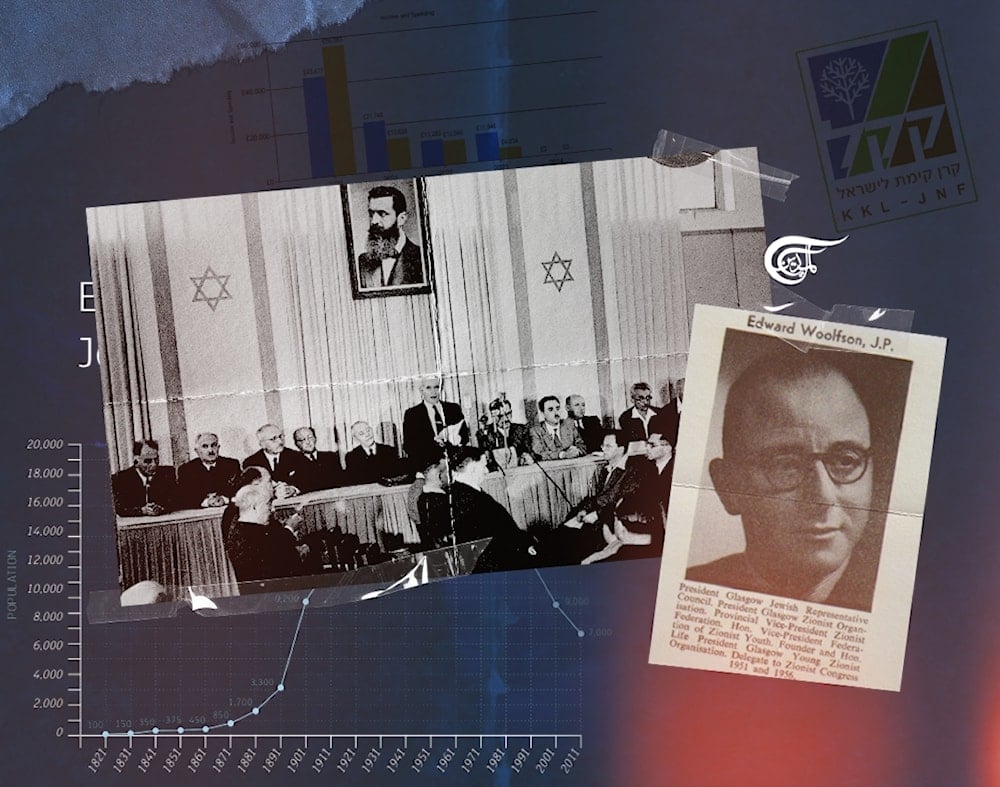
The rise and fall of Zionism in Scotland, part 1
The Zionist movement in Scotland, part 1.
How many Zionists are there in Scotland? How well-networked are they? Surely Scotland is solidly pro-Palestine?
The idea for this article was sparked when I was asked recently by one of my Substack readers whether an infographic apparently showing Zionist groups in Dundee, Aberdeen, and the Highlands of Scotland was really meant to suggest there were bases, HQs or branches there. Of course the infographic was not data driven but produced simply to indicate that Zionists are active in the UK.
However, when I started to look into the question of Zionism in Scotland, it quickly became apparent that, not only was Zionism widely distributed in Scotland, in the past but that it still is. The findings of my research indicate that there are more than one hundred Zionist groups in Scotland today. I quickly realized that one article would not suffice to explore and explain the role of Zionism in contemporary Scotland and so I began to write a quite large series of pieces of which this is the first.
In later articles we will explore:
- how the Zionist movement in Scotland and how it is organised,
- examine the small number of extremely wealthy Zionist families that have bankrolled the movement for more than 100 years up until the present
- Look at the new apparently widespread ‘Friends of Israel’ movement in Scotland since 2014.
- Zionist infiltration at Glasgow University and in the Scottish Parliament and the Scottish government.
- The Scottish activities of a genocidal ultra-Zionist cult called Chabad
- Attempts by Zionists to infiltrate and subvert anti-racist and pro-Palestine groups and at the normalisation of Zionism and interfaith activities
- The radicalisation of young Scottish Jews by Zionist groups.
- The operation of Jewish terrorist gangs in Scotland in the 1940s and its lessons for today.
For now, this article looks at the historical pattern of involvement and organisation of Zionist groups throughout the country. I trace how this has changed over the course of the one hundred and thirty-five years since the creation of the first Scottish Zionist group. I also highlight the importance of the reproduction of Zionist ideas and activities via Zionist family networks if the Zionist movement is to have any future. The data do show, however, the Zionist movement has entered a period of decline which it is desperately trying to mitigate.
The evolution of the Zionist movement in Scotland
According to one account of the early Zionist movement in Scotland:
In August 1890, Scotland’s first Zionist group was founded in Edinburgh. The group was a branch of Chovevei Zion, or Lovers of Zion. The society, which had a less state-centred vision than that later put forward by Theodor Herzl, embraced secular Jews as well as Christian supporters and senior Jewish religious figures. Zionism enjoyed steady but never complete support in Edinburgh, and the popularity of the movement in the city often ebbed and flowed in response to wider national and international patterns.
As Chovevei Zion declined, Herzl’s Zionism ascended. Edinburgh Zionist Association (EZA) was founded in 1899. According to the same account: “An overflowing mass of Jews” gathered at Livingstone Hall to hear an address on Zionism by Mr Jacob de Haas, secretary to the First Zionist Congress, and editor of the Jewish World in March 1902. In February 1910 Lewis Rifkind created an Edinburgh Young Men’s Zionist Culture Association. In 1911 Socialist Poale Zion formed in Edinburgh, later led by the same Lewis Rifkind.
Lewis Rifkind was of course related to the later Conservative MP and minister Malcolm Rifkind. Lewis Rifkind was born (1892) in Meshad in Iran the son of Mordecai Rifkind. Mordecai’s brother, Chatzie (Charles) Rifkind (born 1877), grandfather of Malcolm Rifkind, was therefore an uncle of Lewis. Malcolm Rifkind was a Conservative MP in Scotland until the 1997 rout of all the remaining Tory MPs in the country. Rifkind was also, like his relative Lewis, a convinced Zionist. He was honorary secretary of the Parliamentary group of Conservative Friends of Israel 1976–79 and he appears to have remained involved ever since.
The case of the Rifkind family is not just an interesting anomaly but one example of many of the way in which Zionism is passed down the generations. We will see many examples of this multi-generational ideological reproduction in this series of articles. In the first half of the twentieth century the following (mainly Glasgow based) families came to have a leading role in the Scottish Zionist movement, having all made fortunes in various areas of business: Links (the rag trade, retailing), Goldberg (retailing, department stores), Bloch (alcohol production), Wolfson (retailing) and Jesner (property). In the second half of the century they were joined by the following families: Walton (property), Berkley (property), Lewis (debt collection, property), Tiefenbrun (hi-fi products - Linn Products Limited) and Winocour (Cinemas and later property). Almost all of these families remain important in today’s Zionist movement. They also remain in possession of serious wealth in property and/or business. Amongst the leading clique of the Scottish Zionist movement today there are large numbers of Zionist millionaires, a facet to the movement which is not often remarked upon. On reflection, the way in which the Zionist movement has reproduced its racist ideology in its young - transmitted down through the generations for more than 130 years, is a finding of note.
The tenacity of the racist ideology of Zionism, in sometimes inhospitable circumstances, is one of the reasons we still have to deal with and finally conquer the ideology and its practical expressions, which most obviously are seen in the genocide in Gaza.
The decline of Labour Zionism
Today, Zionism has evolved further with a decline in Labour Zionism, indicated by the fact that the successor to Paole Zion, the Jewish Labour Movement, has no Scottish branch or formal organisation. Nevertheless, it has been able to infiltrate Scottish politics and the trades union movement and played a role in the anti-Corbyn witch hunt in the Labour Party in Scotland. The JLM is though affiliated to the Scottish Labour Party and a key member - Rhea Wolfson - played an important role in the “antisemitism” witch hunt both in Scotland and at the British level.
Wolfson attended Mearns Castle High School in Newton Mearns in Glasgow but just outside the Glasgow City council area in East Renfrewshire. Mearns Castle is one of four in the Glasgow area in which the Jewish Activities in Mainstream Schools (JAMS) programme operates - the other three are private schools. The JAMS programme is run by the largest Zionist charity in the country, the United Jewish Israel Appeal, to groom and indoctrinate Jewish kids into Zionism. Wolfson was already taking leadership positions in the Zionist movement before she went to university in 2008. In that year, she was the recipient of The Edward and Adele Woolfson Award 'to honour young people’s community work', presented by the Glasgow Jewish Representative Council (the longest standing current Zionist group in Scotland, having been created in 1914) at a meeting at Giffnock Synagogue (a Zionist Shul). As it happens Edward Woolfson (note the extra ‘o’ in his name) was a leading Glasgow Zionist of the 1950s, being amongst other Zionist positions the President of the Glasgow Zionist Organisation, the Provincial Vice President of the national London based Zionist Federation and a delegate from Glasgow to the World Zionist congress in 1951 and 1956.
-
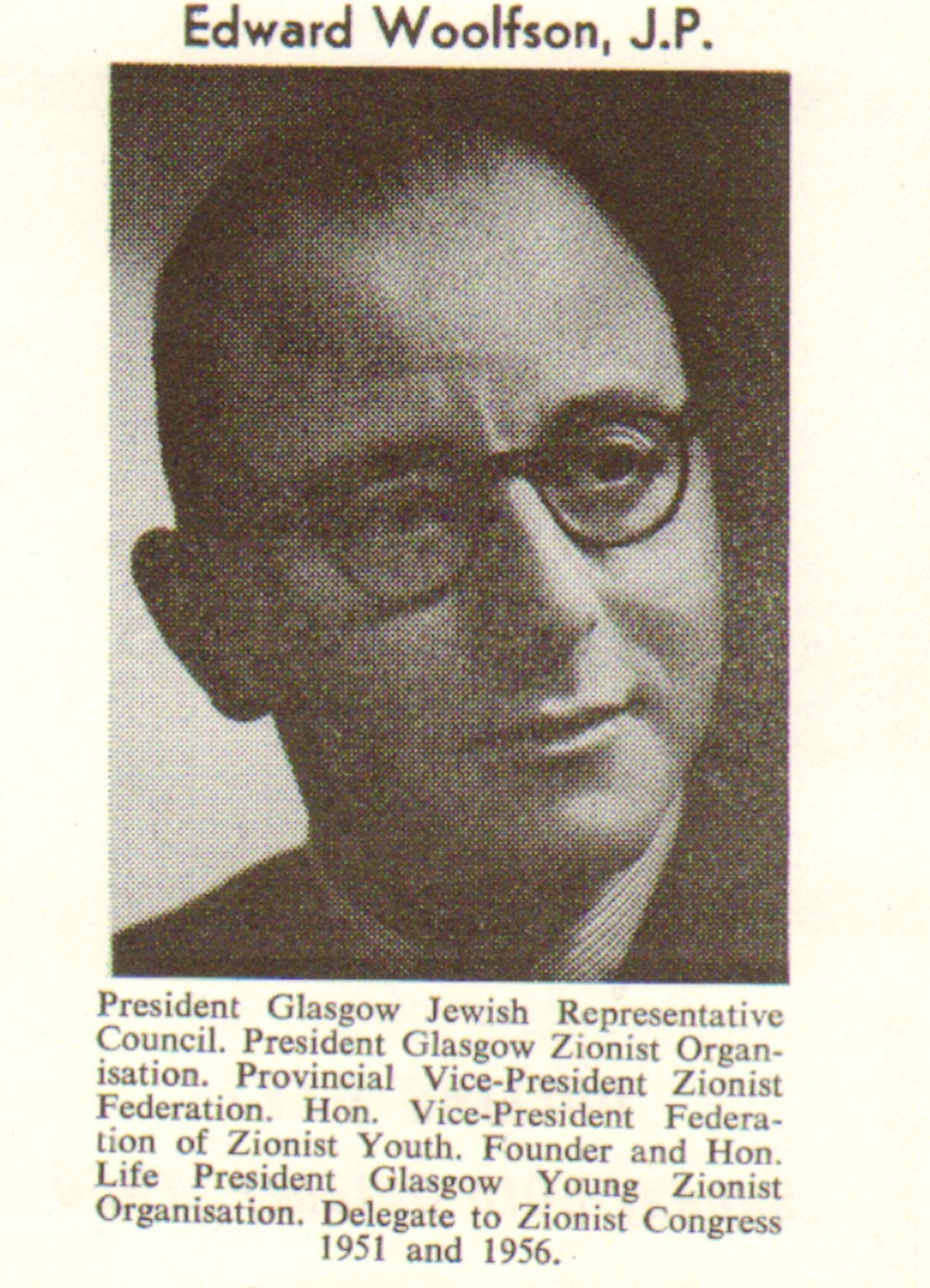
Election leaflet calling for a vote for Woolfson to be a delegate to the Zionist Congress in 1961
Rhea Wolfson’s leadership roles continued when she was at Oxford (between 2008 and 2011) as she became President of the Oxford University Jewish Society, affiliated to the Union of Jewish Students a formally Zionist organisation. In September 2011 at around 21 years old, she became National Chair of RSY-Netzer, the youth group of The Movement for Reform Judaism, a formally Zionist religious group which has one synagogue in Scotland (in Newton Mearns, Glasgow).
From there she worked for the New Israel Fund a Zionist funding mechanism until August 2015 after which she became a branch secretary of the GMB responsible for the Glasgow 28 Branch at Cordia. This infiltration of the trades union movement in Glasgow was a stepping stone to her election the following year as a member of the NEC of the Labour Party as one of the “Corbynite” candidates backed by Momentum under the direction of the Zionist chair of the group Jon Lansman. Wolfson first became a candidate for the “left” as replacement for Ken Livingstone, that giant of the Labour movement who was disqualified after he was suspended from the Party after trumped up anti-Semitism charges were made. In other words Livingstone, perhaps the most influential anti-racist in modern British politics, was replaced on the NEC by a supporter of the racist ideology of Zionism masquerading as a “left” candidate.
Meanwhile the dominant trend in Zionism in Scotland has become the revisionist Zionism associated with Likud and various other even more right wing tendencies. Likud was created out of a merger of the open supporters of Vladimir Jabotinsky and another faction who called themselves the General Zionists. Their dominance in the Scottish Zionist movement was already visible in the 1930s and had a class component. According to Ben Braber:
The wish to retain Yiddish was to a certain extent a matter of social status. The divisions among the Zionists in Glasgow provided a good example of this167. The leading Zionists in the city were relatively successful businessmen and professional people, they mostly belonged to the General Zionists who favoured Hebrew as the national language and opposed Yiddish. The Socialist Zionists, or Poale Zion, however, had a strong working class following who still spoke Yiddish and their leaders found it hard to oppose the use of the language.
The Jewish Echo reported in 1935 that during the election of 4 Glasgow representatives to the Zionist Congress in Lucerne, the General Zionists received 67.5% of the votes, Poale Zion 19.5% and the Mizrachi 13%.
The openly revisionist State Party did not contest the Glasgow election. The British delegation consisted of 7 General Zionists, 3 Mizrachi (Religious Zionist) members and 2 representatives from the supposedly left-wing Poale Zion. At the Congress 450 delegates took part in the proceedings. During leadership elections at the Congress itself, the Poale Zion scored a victory with 57% of the votes. This shows that the dominant element in Glasgow, as in Britain as a whole, already consisted of the extremist hardline Revisionist and Religious Zionists. These two factions of Zionism today are in the current coalition government in “Israel”. The notionally socialist elements, even as far back as the 1930s, were in the minority; quite unlike the balance as shown at the Zionist Congress as a whole.
Today the pro-Israeli movement is dominated by Likudnik groups and individuals. Some of these groups are of longstanding like the Scottish branches of the central organs of the Zionist movement notably KKL/JNF and the UJIA. They are joined by other more recent groups such as the Centre for Scotland and Israel Relations established by the Israeli regime. Other key longstanding elements of the Zionist movement with a presence in Scotland include the Community Security Trust and the Women's International Zionist Organisation. But overall mainstream Zionist groups have been on the decline in recent years and more radical astroturf groups have become more prevalent.
The geographical distribution of Zionism in Scotland
Just as elements of the Zionist movement rose and fell, geographical patterns of Zionist representation evolved. The steep decline of the Scottish Jewish population was accompanied by a growing concentration in Glasgow and Edinburgh. The Zionist group SCOJEC estimates that In 1945 there were some 20,000 Jews in Scotland.
-
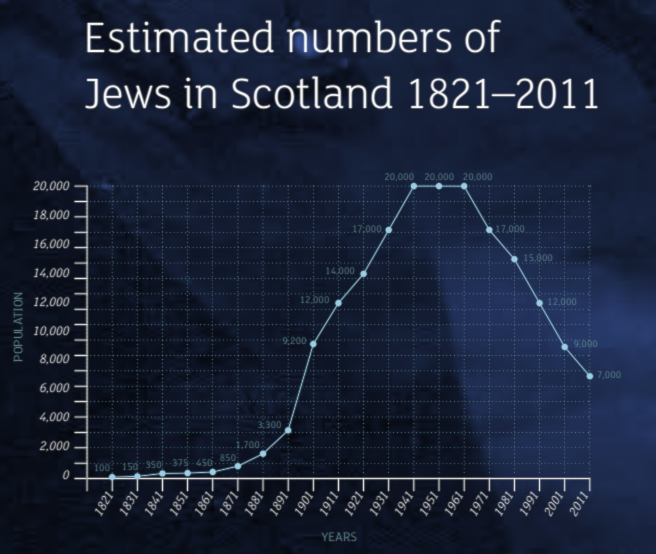
Source: SCOJEC
According to the 2011 census, 5,887 Jews lived in Scotland; a decline of 8.7% from the 2001. The 2021 census recorded that there were 5,863, a total of 0.11% of the Scottish population. By contrast Jews make up some 0.5% of the population of England and Wales. Of the 5,863 Jews in 2021 some 68% lived in Glasgow, Edinburgh or the two council areas abutting Glasgow to the South (including the most ‘Jewish’ council area in Scotland, East Renfrewshire, which hosts a quarter of all Scotland’s Jews). A further 13% are located in the other central belt council areas.
These demographic changes have meant that the existence of Zionist outposts in more peripheral areas of Scotland declined:
- Greenock, West of Glasgow “by the mid 1930s the community had dwindled to only a handful of Jews” and the Synagogue closed in 1936.
- Falkirk - between Edinburgh and Glasgow. (defunct from around 1946/7)
- Dunfermline Hebrew Congregation (Defunct by 1951)
- Inverness, in the Highlands (defunct from around 1970)
- Ayr Hebrew Congregation, South West of Glasgow (defunct from mid 1970s),
- Argyll and Bute Jewish Community (no known activity since 2003).
- Dundee Hebrew Congregation (synagogue closed in 2019), though there remains a successor charity called Tayside and Fife Jewish Community based in St Andrews.
Congregations/Synagogues in Ayr, Dundee, Dunfermline, Falkirk, Greenock, Inverness were under the authority of the Chief Rabbi who, from 1913, was a strong Zionist. The Chief Rabbi is the spiritual leader of the United Synagogue. The official history of the United Synagogue, by Aubrey Newman (The United Synagogue 1870-1970, Routledge and Kegan Paul, 1976), while dealing with the Zionist orientation of the US, only briefly (discussed on two pages out of 233) notes the historic lack of interest by the “honorary officers” of the US in the Zionist movement, in the first half of the Twentieth Century. They were “at best apathetic”, he writes. However, the bulk of the membership was Zionist and the Chief Rabbi from 1913-46, Joseph Hertz, was “strongly” so.
In Dundee members of the Dundee Hebrew Congregation worked with the Board of Deputies against the twinning of Dundee with Nablus, a project initiated by George Galloway and his comrades in the early 1980s. According to Albert Jacob who ran the campaign against twinning and was the Board of Deputies representative for Dundee: “it seemed prudent to co-ordinate the Community’s campaign against the twinning with the Israeli embassy, which was informed of every step of the controversy.” Thankfully, the Zionist base in Dundee, given by that Shul, is no more. The Dundee Hebrew congregation had changed its name to the Tayside and Fife Jewish Community in 2012 and after the closure of the Shul in 2019 the charity moved to St Andrews. Since then it has faced inexorable decline - last declaring any income in 2020.
-
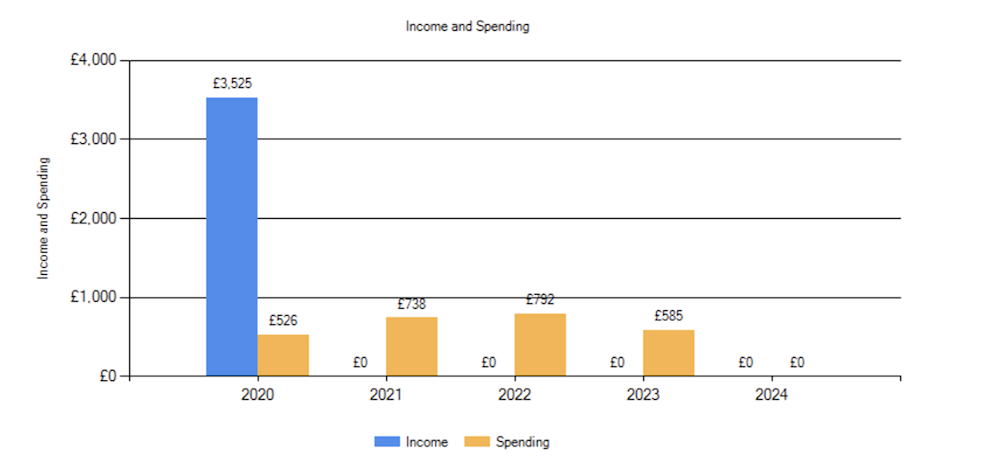
The Tayside and Ffe Jewish Community income and spending. Source: OSCR
Aberdeen is the only Scottish city outside of Glasgow and Edinburgh to retain a functioning Synagogue. It is reported that it had a congregation of 50 in 2010 and 2016. The 2021 census reports that there are some 240 Jews living in Aberdeen City and in the surrounding council area of Aberdeenshire, some 5% of the Scottish Jewish population. The Shul remains Zionist being listed as a member of the Board of Deputies of British Jews in 2023 (shortly before the list of members was removed from the internet by the BoD). The Shul and associated community centre (two separate charities) are, however, not flush with cash according to the reports and accounts submitted to the Office of the Scottish Charity Regulator. It is doubtful whether the Congregation is viable given its total lack of income over the past five years.
-
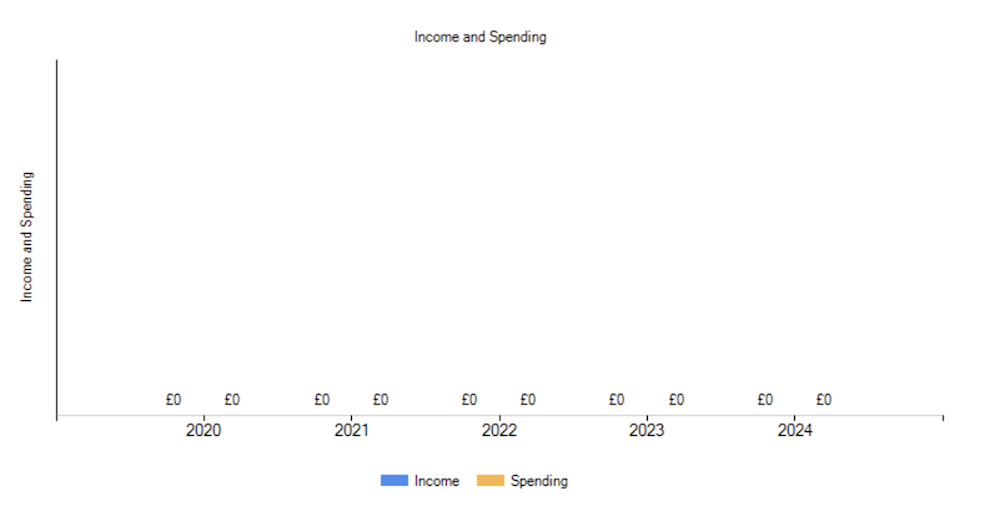
Aberdeen Hebrew Congregation income and expenditure 2020-2024. Source: OSCR
-
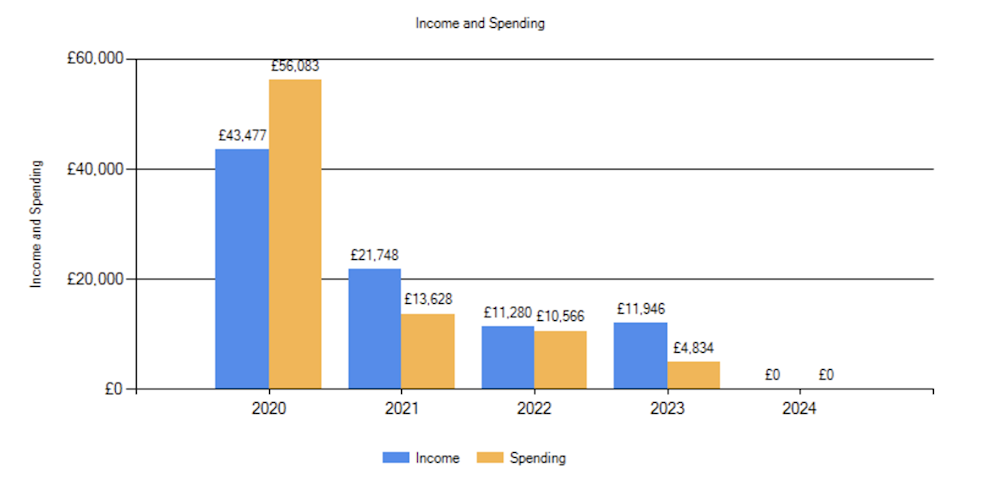
Aberdeen Synagogue and Jewish Community Centre income and spending. Source: OSCR
In Edinburgh there are now just two Synagogues. The first is the mainstream Shul (Edinburgh Hebrew Congregation) and an associated Community Centre, which are Zionist, being under the aegis of the Chief Rabbi. The second is Scotland’s only Liberal Synagogue, which, of course, is also formally affiliated with the Zionist movement through Liberal Judaism which is an affiliate of the World Zionist Organisation.
As we can see, there has been a marked decline of the Jewish population in Scotland and the closure of many Zionist organisations especially outside the central belt. But the decline has also been seen there. Glasgow remains the epicentre of Jewish Scotland but even there has been significant contraction in the social base for Zionism. By the late 1960s Glasgow boasted nine Synagogues (all but one on the Southside of Glasgow). Today there are three. The oldest is Garnethill in the city centre, just North of the Clyde, which in recent years has divided itself to allow various factions to worship there including the orthodox United Synagogue congregation, but also for a time a Masorti (conservative) congregation (from around 2010). This was, however, denounced by Garnethill minister Aharon Soudry “criticising his synagogue council's decision to let out a room to Masorti Scotland”. The move remained controversial within the ‘struggling’ community of some 120 members in late 2016. It would appear the Masorti congregation no longer meets in Garnethill and indeed the company formed in 2010 to be the vehicle for the congregation (Masorti Scotland Limited) was dissolved in May 2013.
The other Shuls are in the (far) Southside of Glasgow, to where the overwhelming majority of Glasgow's Jews migrated, over the past century. The Giffnock Newton Mearns Synagogue in Giffnock (some nine miles south of Garnethill) provides the base for the headquarters of the Zionist movement in Scotland with more than 20 groups billeted there, and was created via the merger of the Newton Mearns and Giffnock shuls from 2021. The third Synagoge is Scotland’s only Reform Shul which is, of course also formally Zionist via the Movement for Reform Judaism. It is based in Newton Mearns, south of Giffnock, some 10 miles by car from Garnethill. This pattern of amalgamation and closure has been replicated in the number and financial health of the Zionist foundations which have kept Jewish communal life and the Zionist movement afloat in Scotland. In a future article we will look in depth at these Zionist foundations.
Nevertheless Zionism remains influential in Scotland. In future parts of this series we will look at how it is organised and funded and how the Zionists have tried to compensate for their dwindling numbers by creating a range of new Zionist groups to replace the declining density of Zionist groups in Scotland.

 David Miller
David Miller
 16 Min Read
16 Min Read
